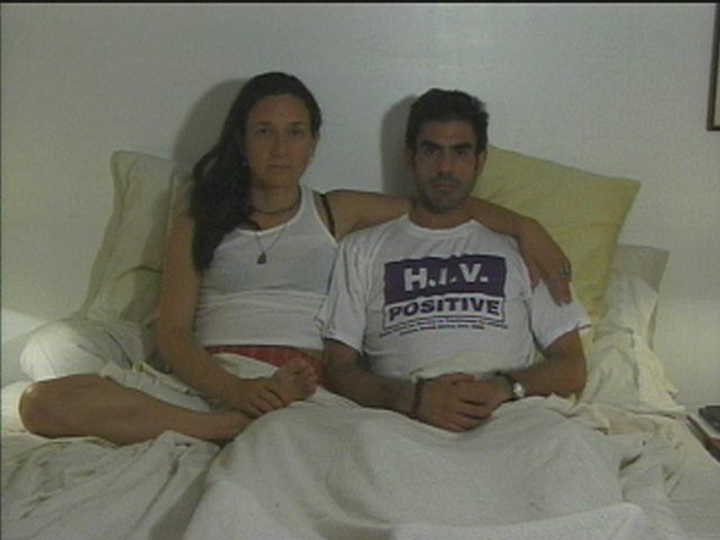“We’ve broken down the barriers between the arts. Now I want to break
the barriers between the arts and the other disciplines. The new
interesting artistic research going on now is research into new ways of
living. However, this most important art form lies now outside the field
of regular art information. Art that makes only reference to art is in trouble”
-Robert Filliou, Research at the Stedelijk, Stedelijk Museum, Amsterdam, 1972
Christine Wong Yap - Interdependence
MEGAN



Christine Wong Yap explored the relationship between artists and the art
world with a Personal Impacts Survey to find out how to subvert the
typical "starving artist" hierarchy model of the known art world. After
the results of the survey were gathered, a zine with the findings was
published. The idea of Interdependence is meant to be a good middle
ground between dependence and independence. It's meant to be a place
where artists bolster each other up but without being purely independent
and potentially contributing to an environment that drives competition
over collaboration.
Future Farmers - A People Without A Voice Cannot be Heard
SOFIA
Pablo Helguera - The School of Panamerican Unrest
MEGS



Mexican artist Pablo Helguera’s
The School of Panamerican Unrest (2003
- ongoing) explores inter-regional communication throughout North and
South America. A public performance and installation,
The School of Panamerican Unrest
consists of multiple performances and discussions that examines “the
history of utopian thought and political ideas of freedom”, as well as
presenting “the subject of the Panamerican ideals” (1). From May through
September of 2006, a portable schoolhouse-like structure known as the
“think-tank” traveled throughout many communities from Anchorage, Alaska
to Ushuaia, Argentina. The primary purpose for
The School of Panamerican Unrest
was to unite individuals and their communities together equally. This
project additionally shed light on various cultures within the Americas,
and how art plays a role in interpersonal and inter-regional
communication.
Critical Art Ensemble - Free Range Grain
SIERRA



Critical Art Ensemble is a group of 5 artists that examine and
critique biotechnology, information technology, and media studies. One
of their projects, Free-Range Grain was a 2004-2005 experiment where
they looked at whether or not America's food is abiding by the strict GM
food policies. CAE wanted to focus on areas of interest for the public
(such as food) to discuss public science. An outcome of this science is
providing means and methods for the public to test their own foods
rather than relying on the government and corporations. The group used
microbiology techniques to test for GMS. They set up portable tables and
created public labs to test for GMS in foods brought in by the public.
They tested it over a 72 hour period and told the public the results.
This
project asked questions about what the government says versus what
reality is. It also challenges the public to think for themselves and
question the things that other people tell us instead of just blindly
assuming everything they say is the truth. This project asks questions
about what the public really knows about their government, it's
policies, and their own lives.
Mark Dion - Chicago Urban Ecology Group
SARA


The Chicago Urban Ecology Action group was a group of 15 individuals chose by teachers from two different schools in the Chicago area. This was asked by the artist, Mark Dion. His vision on what he wanted to do, was to get a small group of juniors in high school, and take them to Belize. Dion believes the acknowledge relationship between art and science is important. He also believe being able to take a small group of young adults, will help them in the future with leadership skills, and a chance to explore different options of careers before college applications. Dion has gone to belize several times and was very much involved with the renowned zoo and wildlife sanctuaries. When he made the Chicago Urban Ecology Action group, the artist (students) brought and installed their watershed model that they had constructed in Chicago. The students and Dion left to Belize in 1992 and had a 10 day trip. For their 10 day trip was mainly culminated in an experimental field. Where they offered practical assistance, clean up projects. The experimental field served as an art installation, work shop, and or ecology information center for the public. Dion wanted the students to see the relationship between art and nature. He believes that “we should go on and work to preserve art and ecology because they are the most important aspects of human civilization”. The students found the trip useful in understanding their own environments as well. They got to see the parallel issues between tropical ecosystems and their own environment. With this project, the students were asked the question, “what art can make a difference in the world?”. The students answered this question without a doubt that what they helped develop was not the cause of the dispute of the explanation of whether it was art, but found a new definition as to what is art and nature.
Emily Jacir - Where We Come From
KEISHA
Ross McElwee- Six O'clock News
MAY

 Six o'clock
Six o'clock
News is a film by Ross McElwee about how the local news affects those
who watch it. It is in exploration in subjective non-ficiton
filmmaking. At the time Ross McElwee had just had his first son and
through the film is portrayed as being obsessed with local news
especially in regards to tragedies and violence exploited by local news
channels. Throughout the film he ends up going to different places where
tragic "news worthy" events have happen and films them himself
sometimes while other news crews are filming these same scenes. How he
films and shows these events is a much different experience than one
would get through watching the same things on the local news.







































